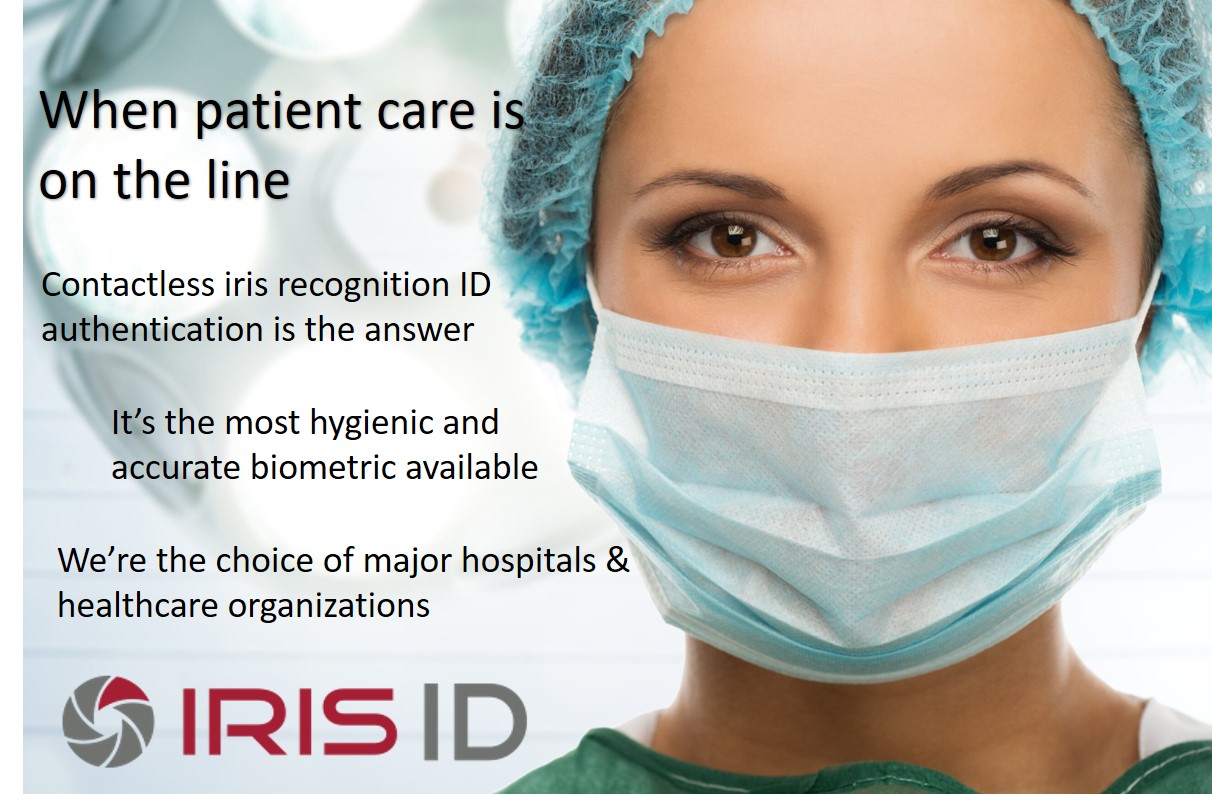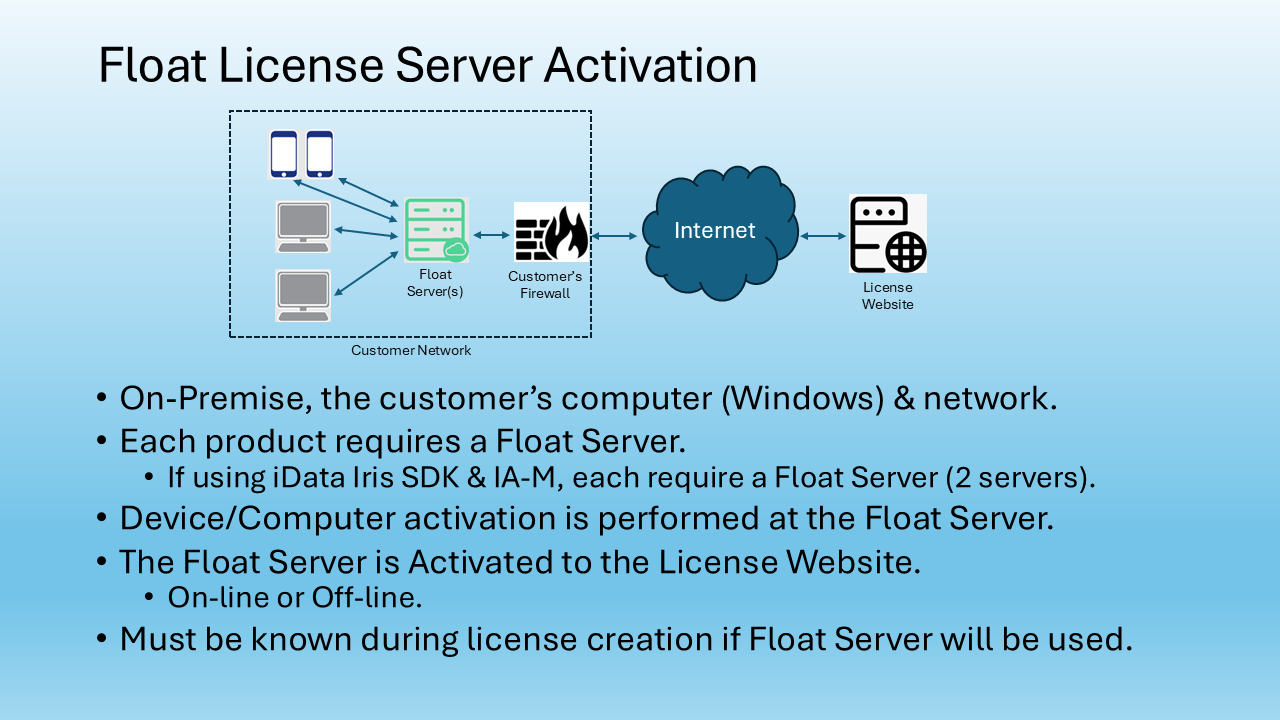By Mohammed Murad
The healthcare industry’s use of biometrics can increase security, privacy and efficiencies, lower the risk of mistakes and fraud while also improving patient outcomes. This is a rapidly growing market with global sales of biometric solutions expected to reach $14 billion by 2025.
There are three industry areas – manufacturing, access control and patient identification, where biometrics are being used extensively. Let’s take a look at the impact on patient ID. A 2016 research report examined 7,600 cases of mistaken identification – a small portion of such events annually. Of those cases, 9% led to temporary or permanent harm or even death.
Another survey showed nearly half of electronic patient records being transferred between healthcare facilities have errors. That may be due to incorrect entry of demographic information such as addresses or a patient recently talking a spouse’s name. The result can be duplication of tests or delays in receiving treatment.
Linking electronic health records to a patient’s biometric identifier can greatly reduce these problems. There are also times during emergency situations when rapid identification of an unconscious, disabled or undocumented patient can mean the difference between an effective outcome and more serious medical challenges.
Fraud is reduced by linking patients to their proper prescriptions, medical history and insurance data. And biometrics help ensure patient data is protected. Patient relatives can supply a biometric identifier to ensure only a pre-selected group can receive or view sensitive health data to maintain privacy protocol established by HIPAA (Healthcare Insurance Portability and Accountability Act).
While all biometric modalities offer those benefits to some extent, iris recognition is best suited for the demands of healthcare providers and their patients. Users are enrolled in an iris-based system by having their irises scanned, much like having a picture taken. The captured image is transformed into a numerical template that cannot be reverse engineered to original image. After enrollment, healthcare providers scan a patient’s eyes before beginning treatment. A match confirms a patient’s identity.
The specific demands of the healthcare industry favor iris recognition as it is contactless, scanning users from a distance. This helps prevent the spread of communicable diseases through human touch. This has become even more important as health practitioners worldwide battle the deadly coronavirus pandemic. Also, healthcare professionals can authenticate patient ID without removing any gloves or respiratory masks.
Iris ID is the leading supplier of sixth generation iris biometric products that serve the demands of the healthcare sector. All of Iris ID’s biometric solutions offer maximum customization while providing the many benefits of iris recognition.
For more information on how biometrics and Iris ID are being used by the healthcare industry, download our whitepaper, “Biometrics and the Three Elements of Healthcare.”
(Mohammed Murad is vice president, global sales and business development, Iris ID)


